Why you can trust TechRadar
Camera
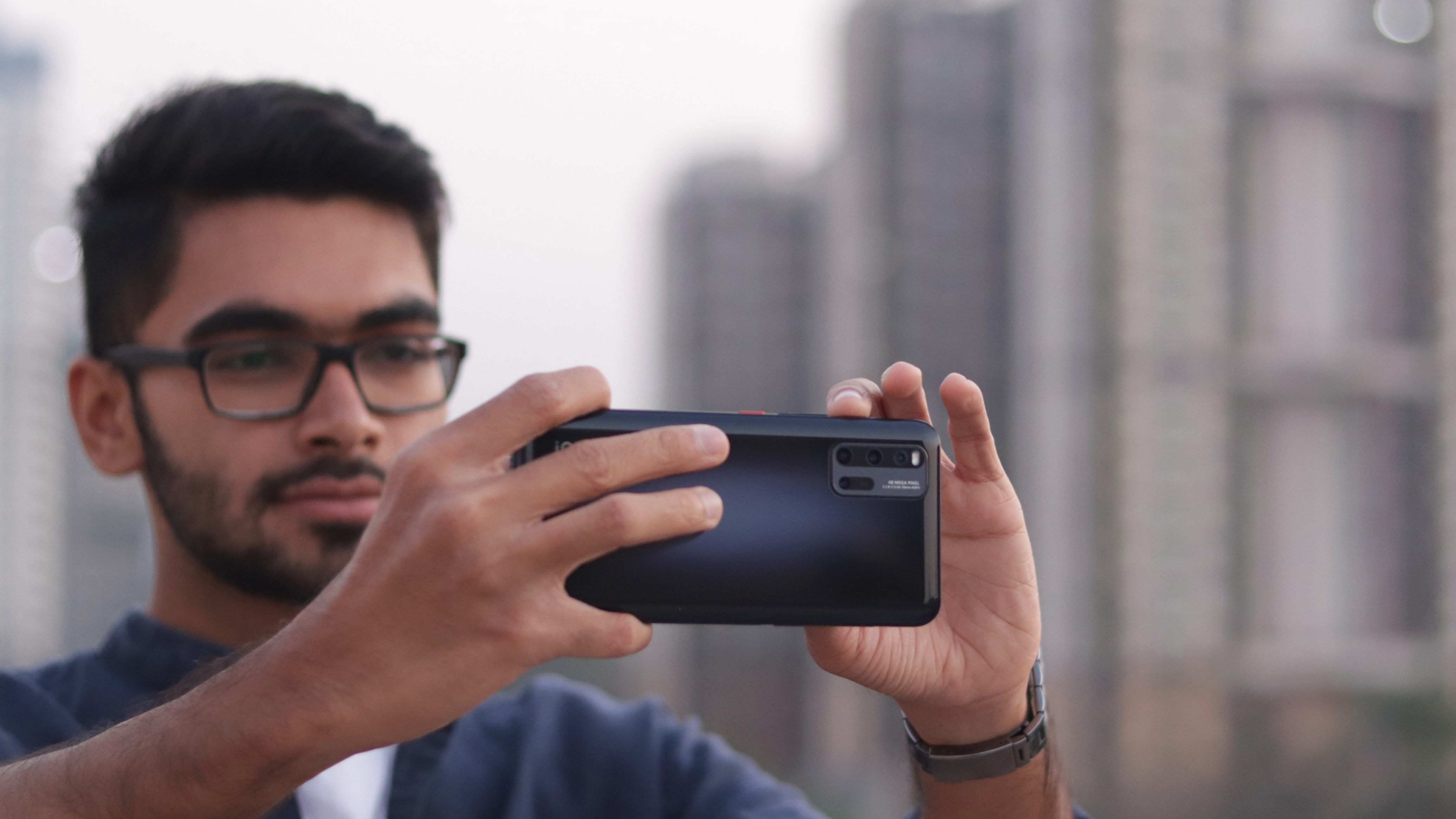
As with most recent smartphones, the iQoo 3 has a quad-camera setup on the rear. It consists of a 48MP primary shooter, with two 13MP sensors on either side of the focal length spectrum. The last one is a depth sensor for portraits.
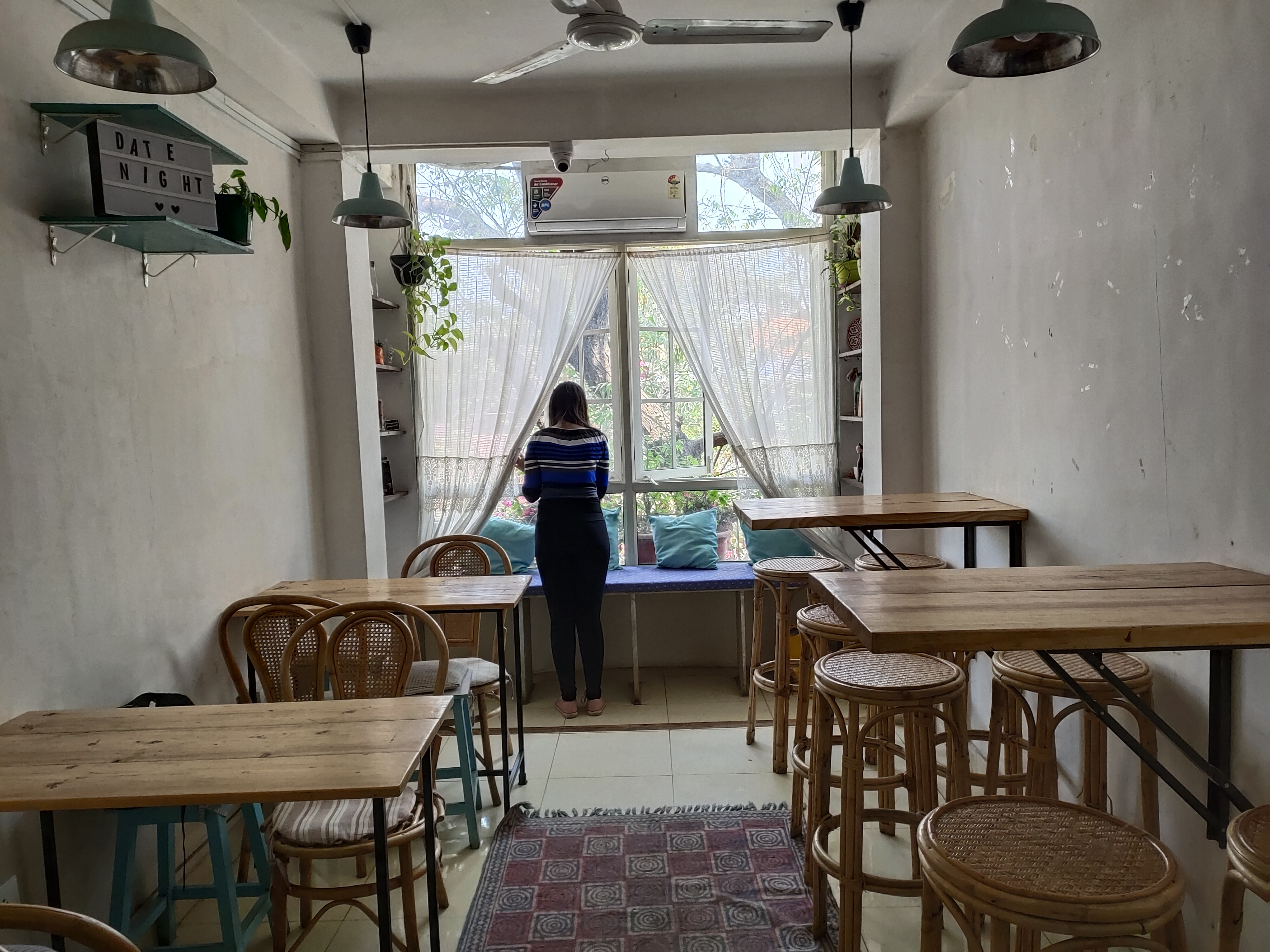
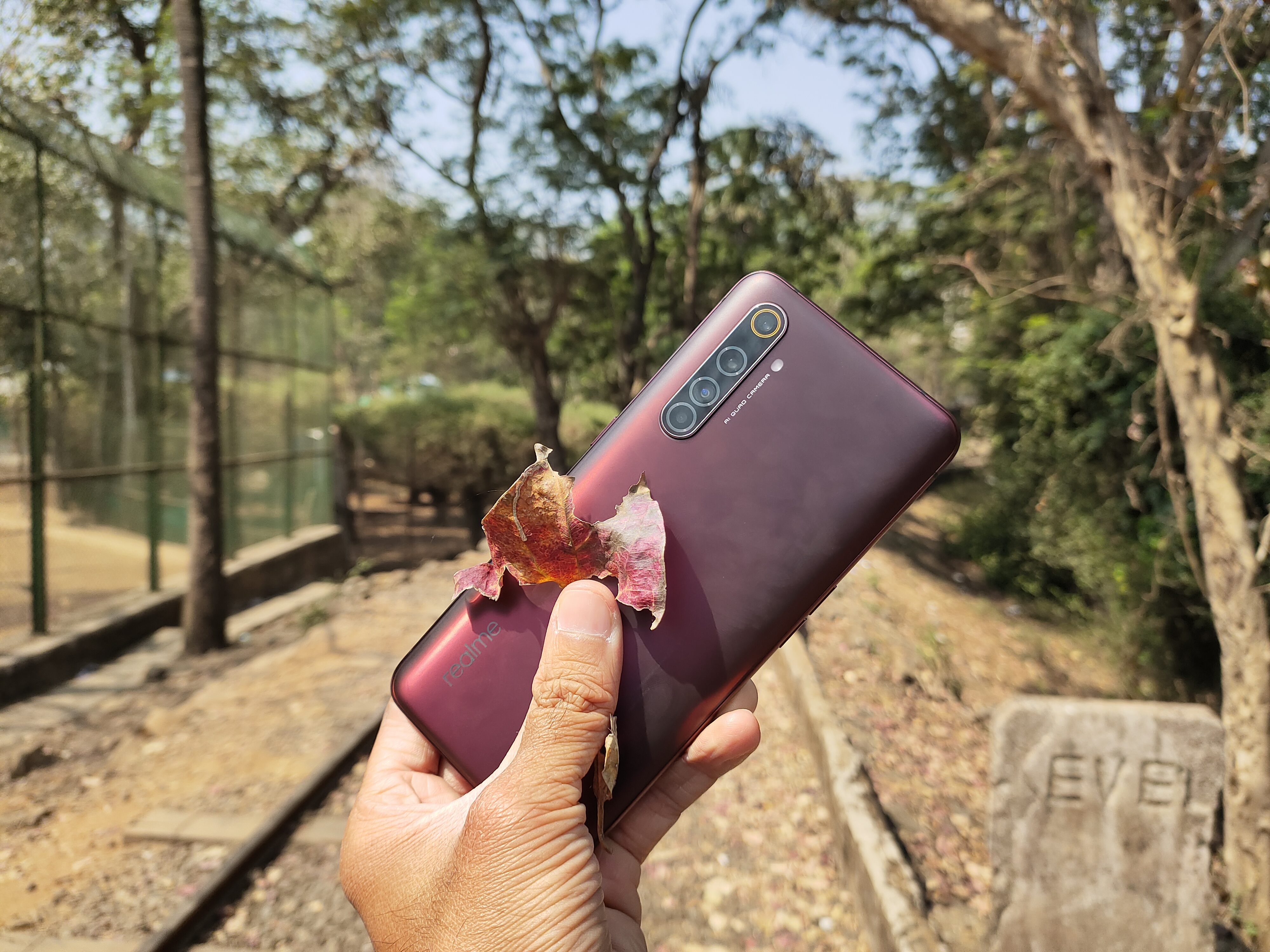
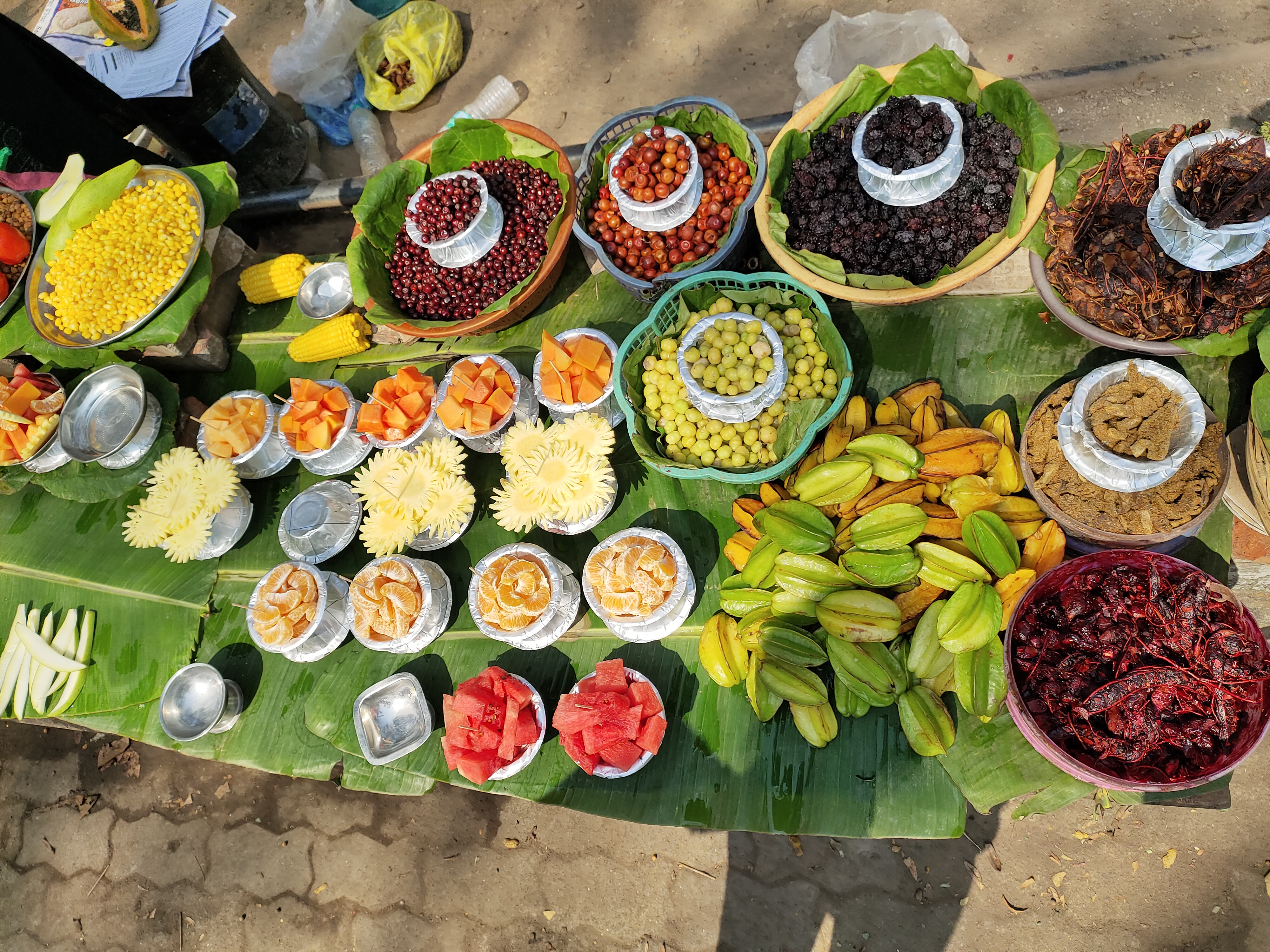




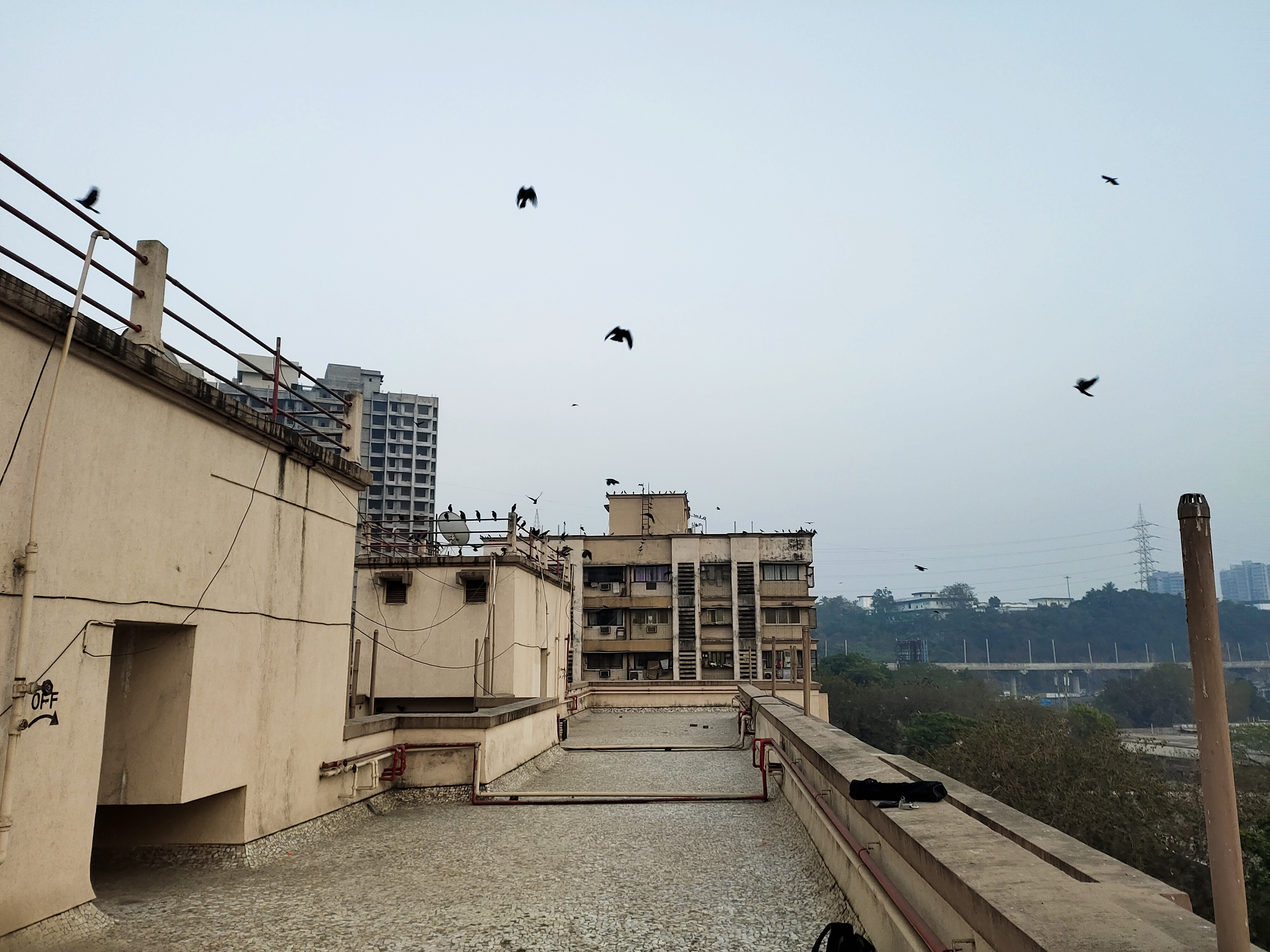
The primary shooter employs pixel-binning by default for images with excellent dynamic range, a fair amount of detail, and accurate color rendition. There’s also an option for eye-tracking autofocus, which is not a very common feature on smartphones. It works well, especially if the subject is not wearing glasses.
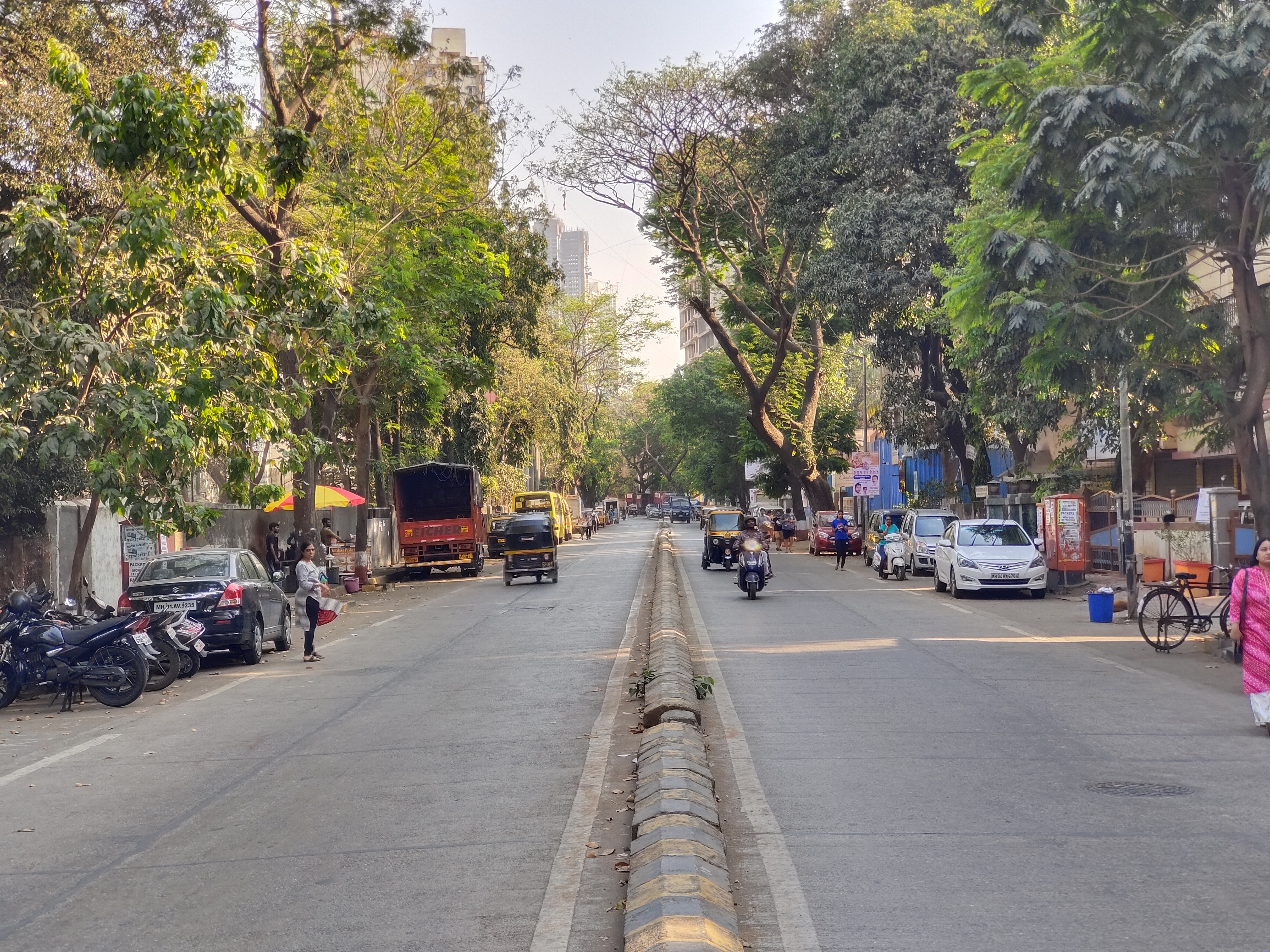
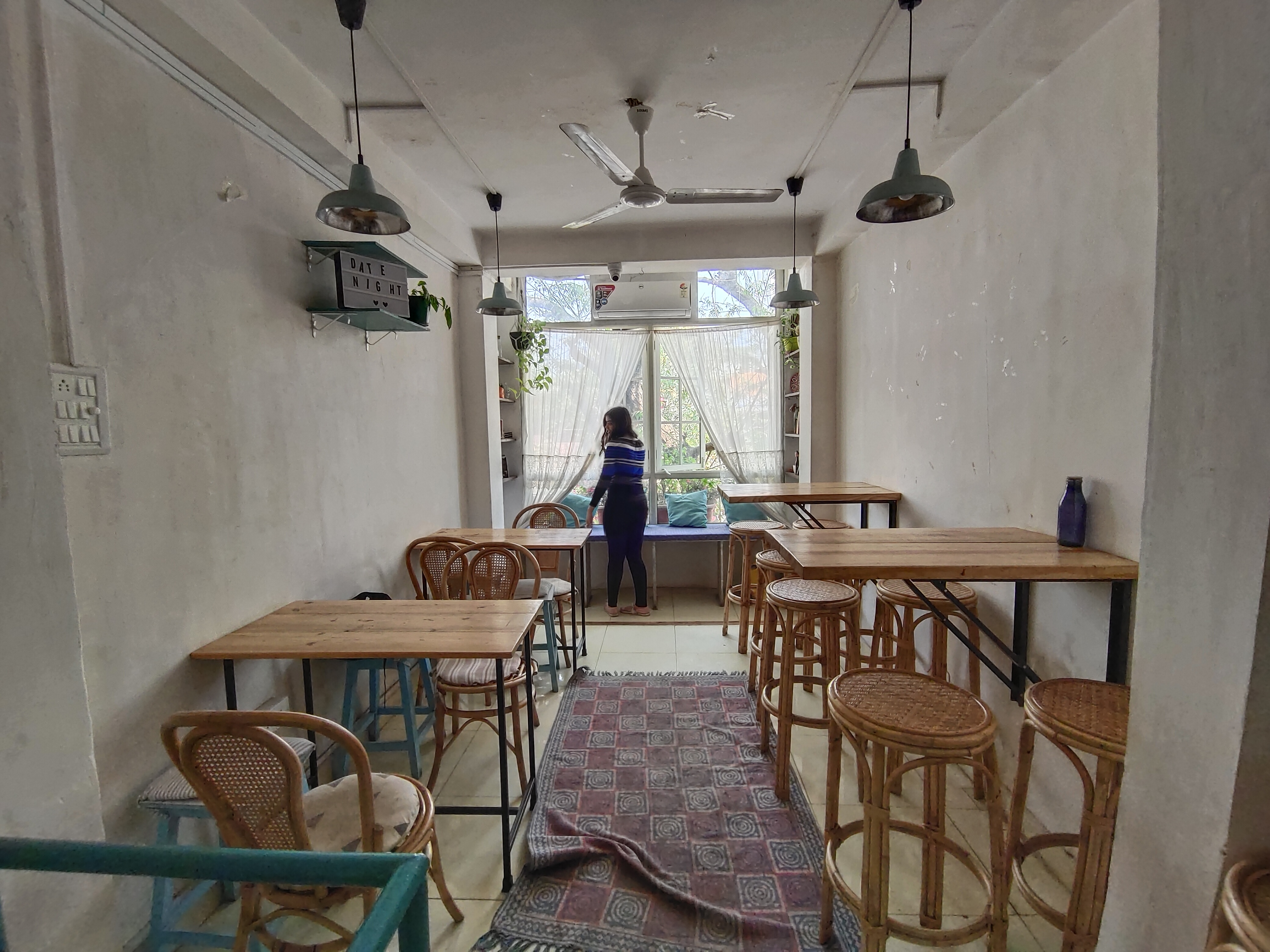
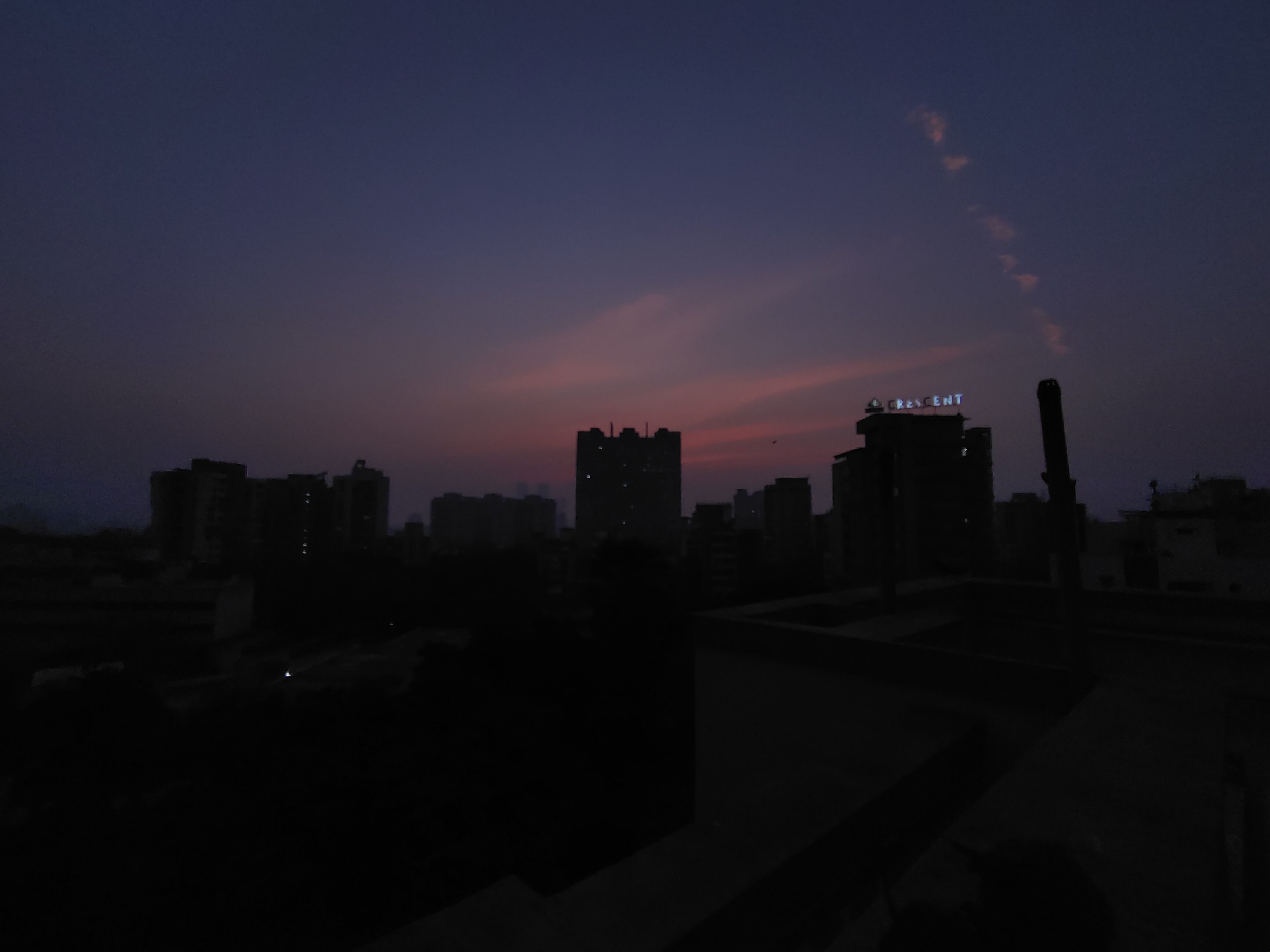
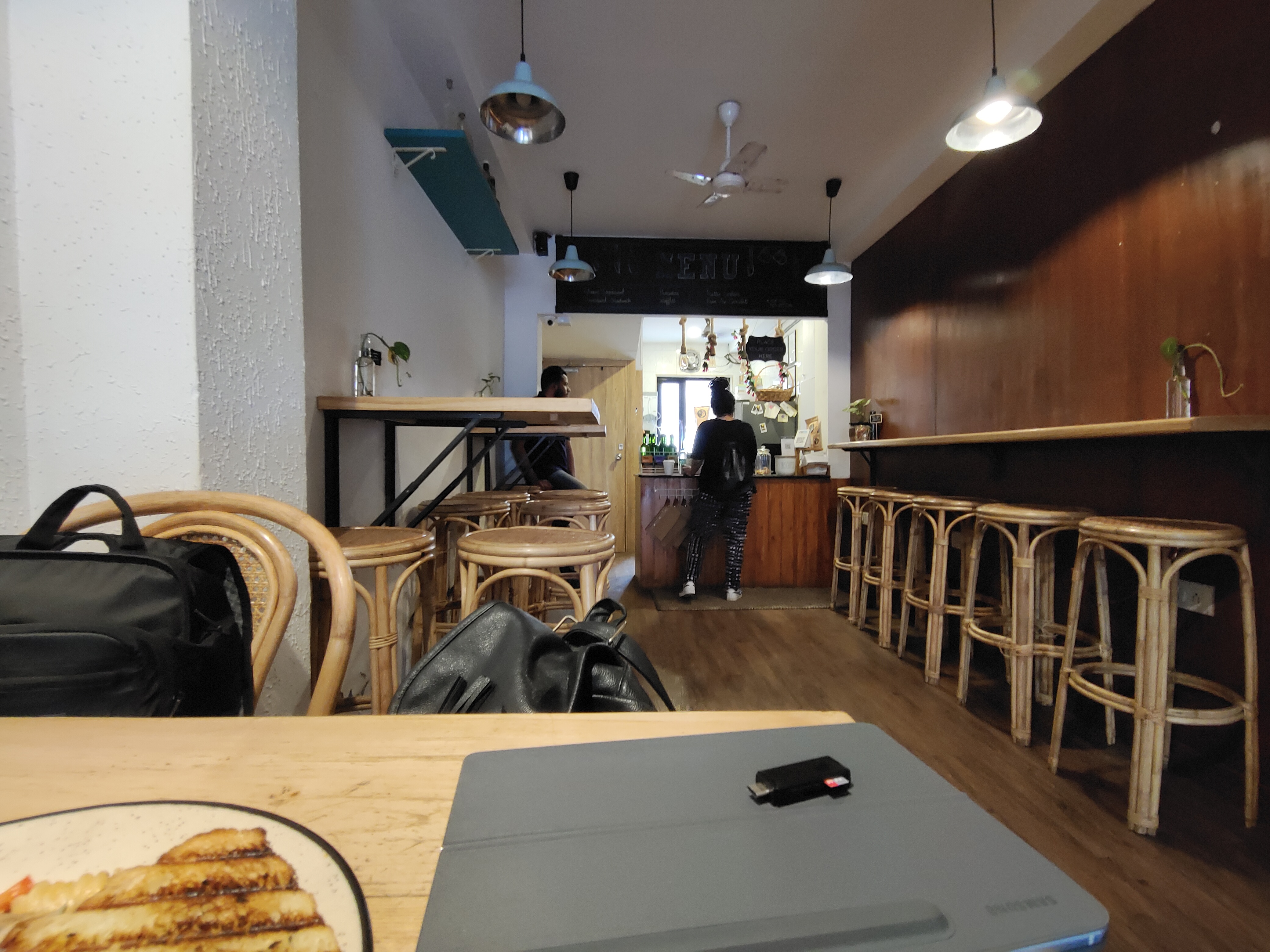
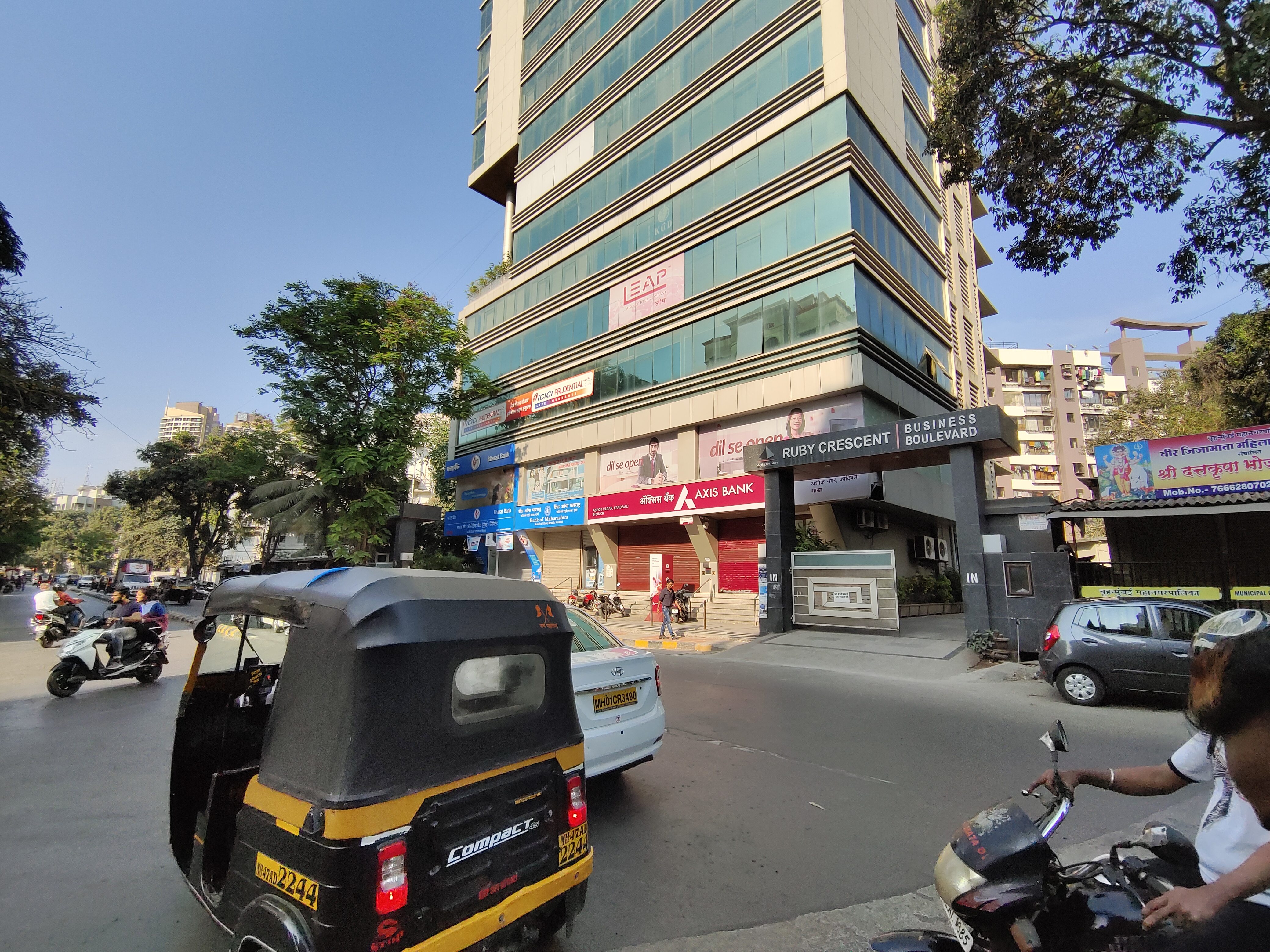

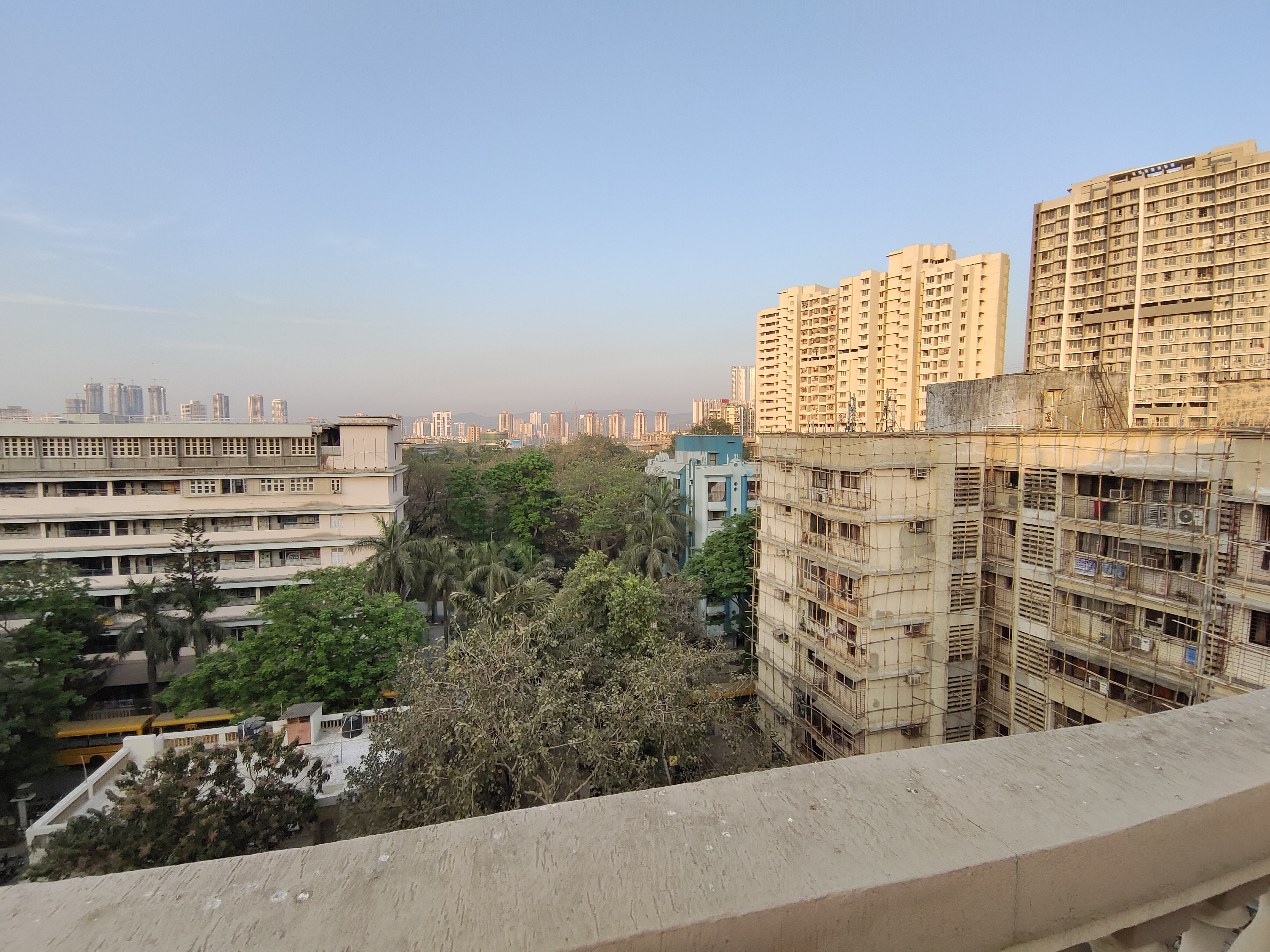
The ultra-wide lens retains the color characteristics and doesn’t fall apart while zooming in. If we were to nitpick, there is some discernible lens flaring while shooting against highlights. The same lens also doubles as a makeshift macro shooter with a small range of focusing, in case you need to use it.
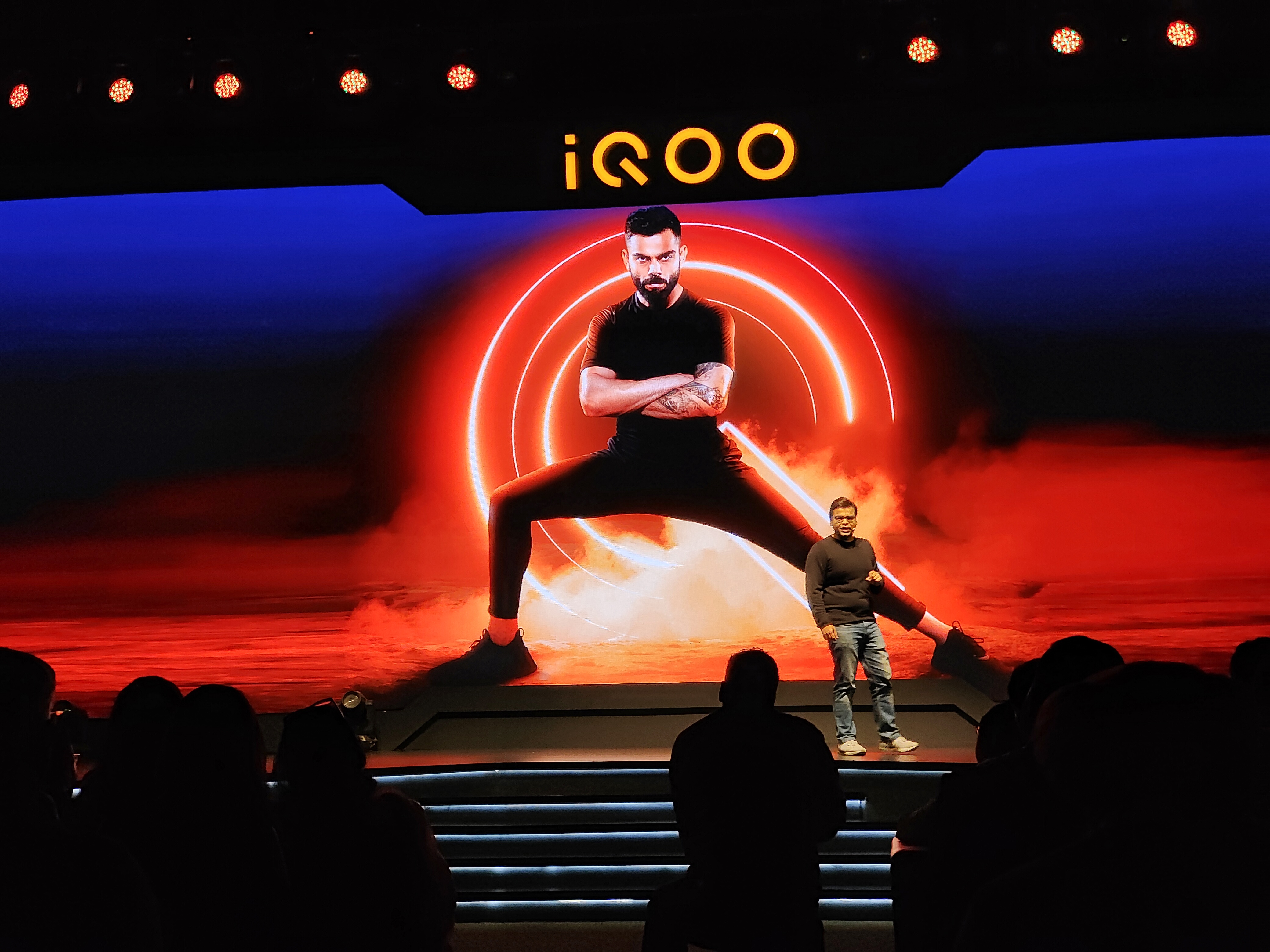
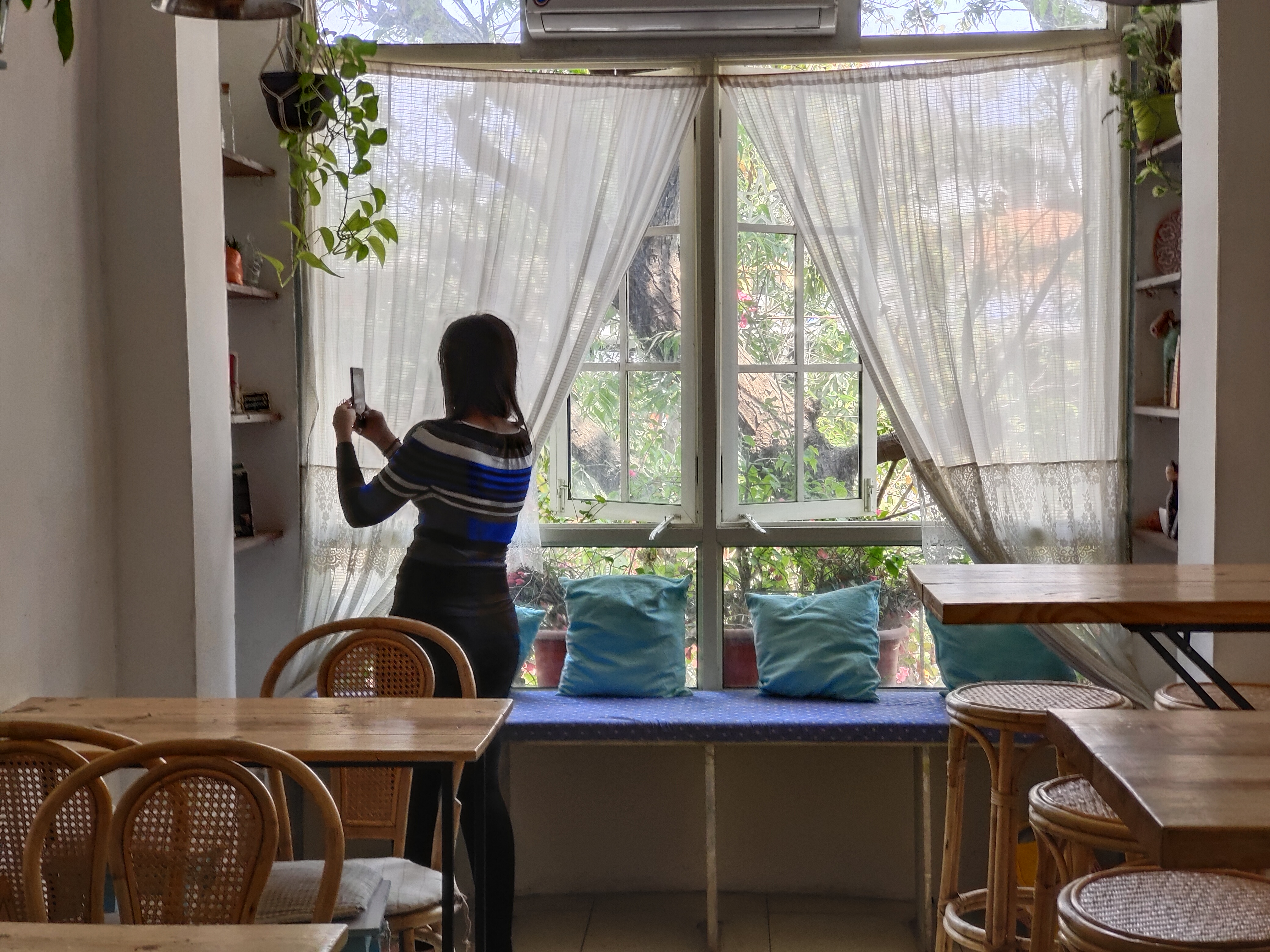
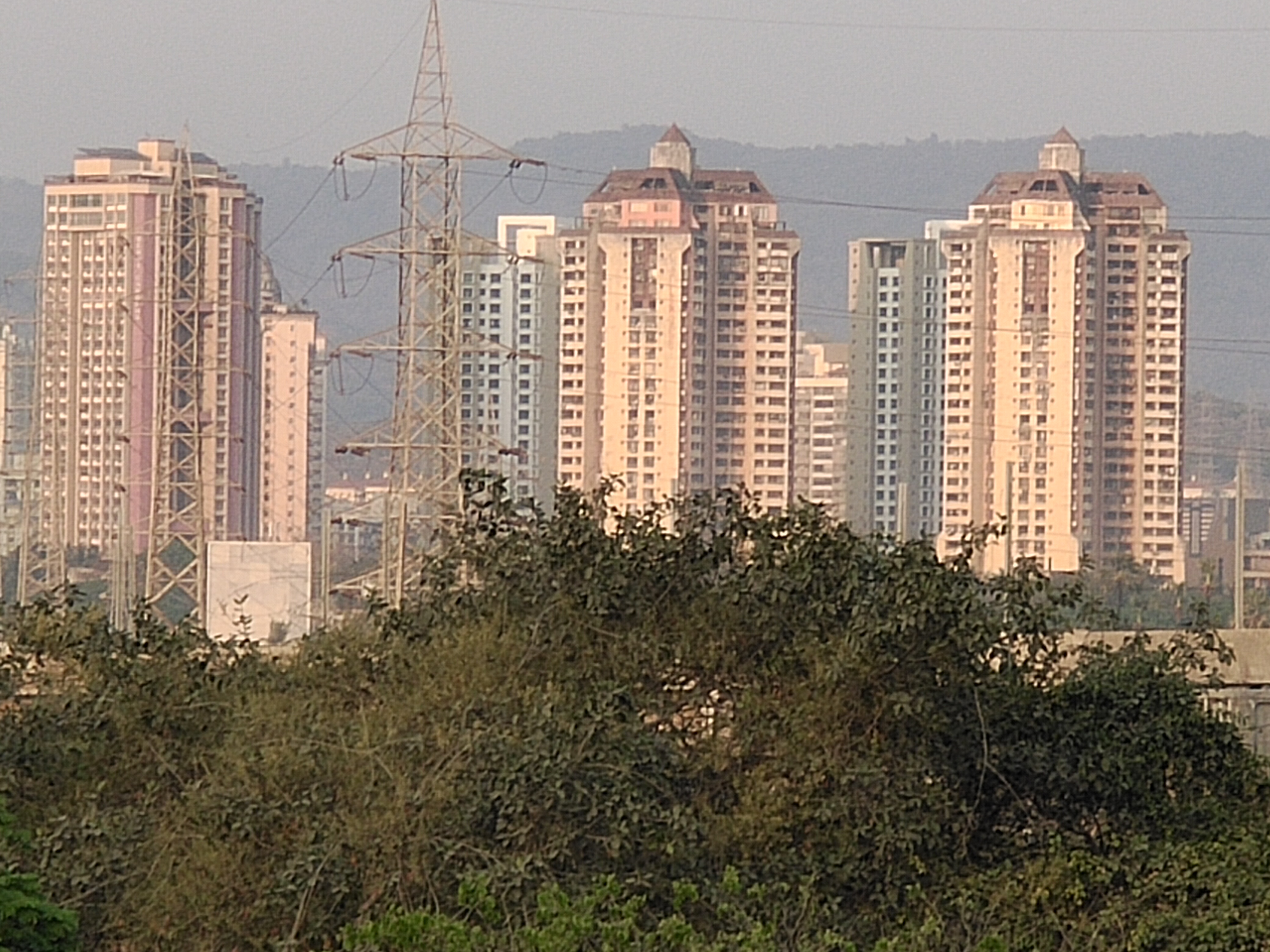
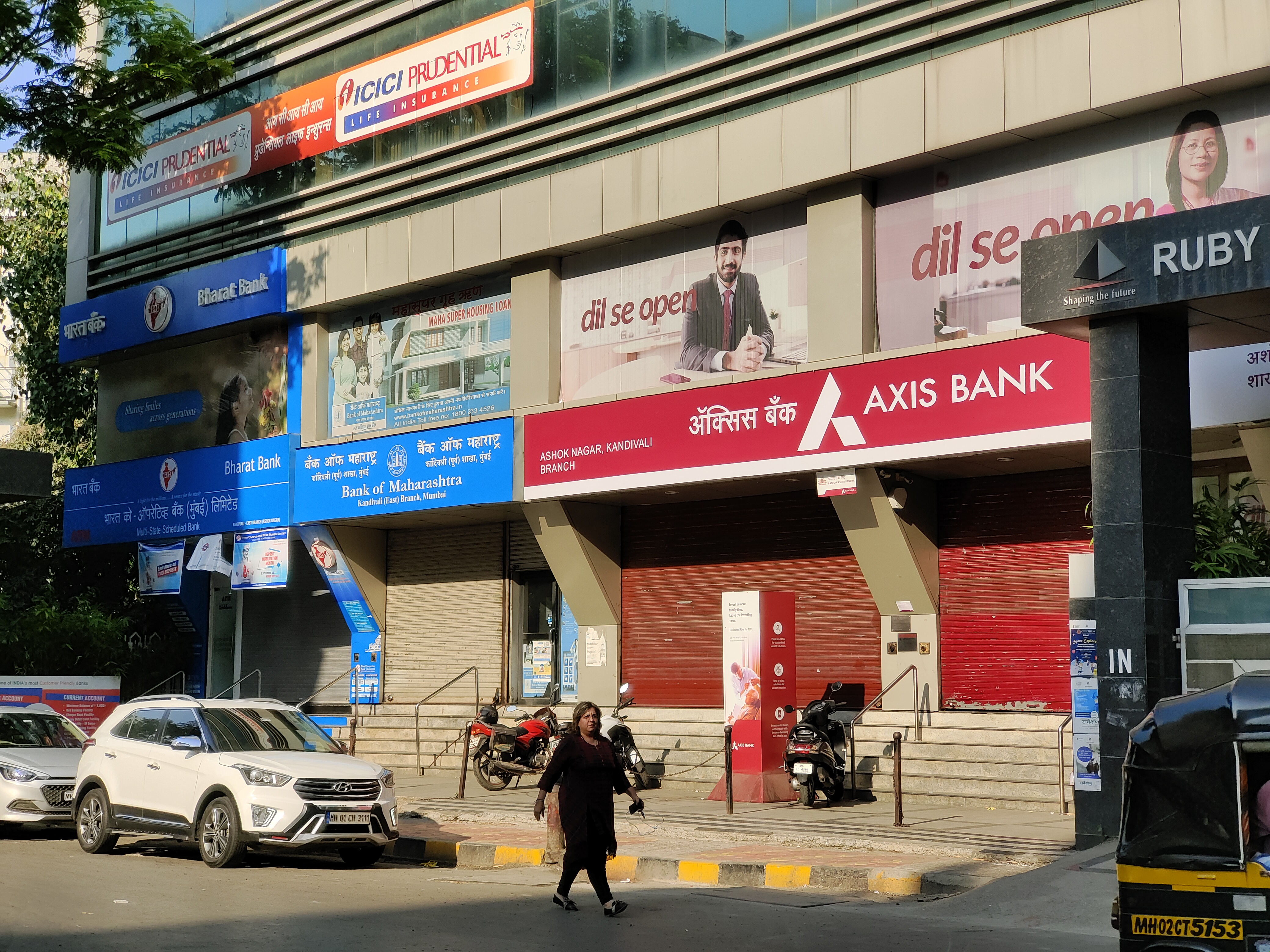


The telephoto lens has a 2x zoom and can be stretched to 20x. The initial 10x is pretty good and comparable to others in the segment. Images can seem a little soft, and stabilization does take more effort, but those are regular characteristics of telephoto lenses these days.
We will continue testing the camera on the iQoo 3 in more challenging scenarios and update our thoughts accordingly.
Battery life and Charging
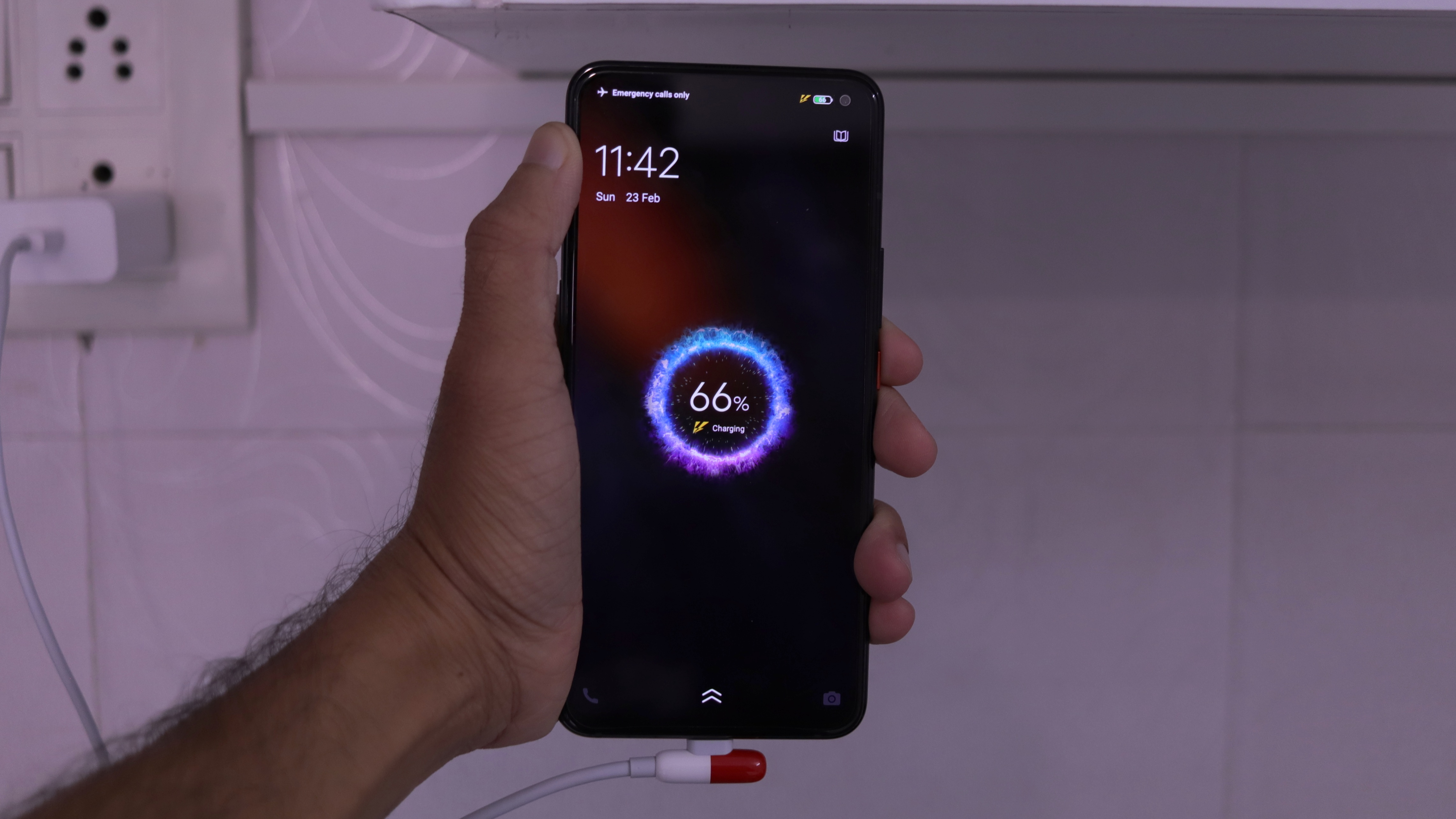
The iQoo 3 5G houses a 4,440mAh battery. We had high hopes from this package, as FunTouch OS has historically been pretty efficient, but that isn’t the case here. Moderate to heavy usage will drain the battery in a day. Pulling morning to evening on a single charge is possible, but just don’t get too aggressive with it. We don’t know if its the fault of iQoo UI, the discrete modem package, or something else that is causing this unusually unsatisfactory battery backup.
Coming back to the positives, the 55W Super FlashCharging is insane. It literally takes less than 40 minutes to go from 0 to full, with the initial 15 minutes filling the tank to over 50%. The included charger has a funny-looking angled capsule-shaped connector. The product manager said that it is to let users continue gaming while the device is connected, which made a lot of sense.
Verdict
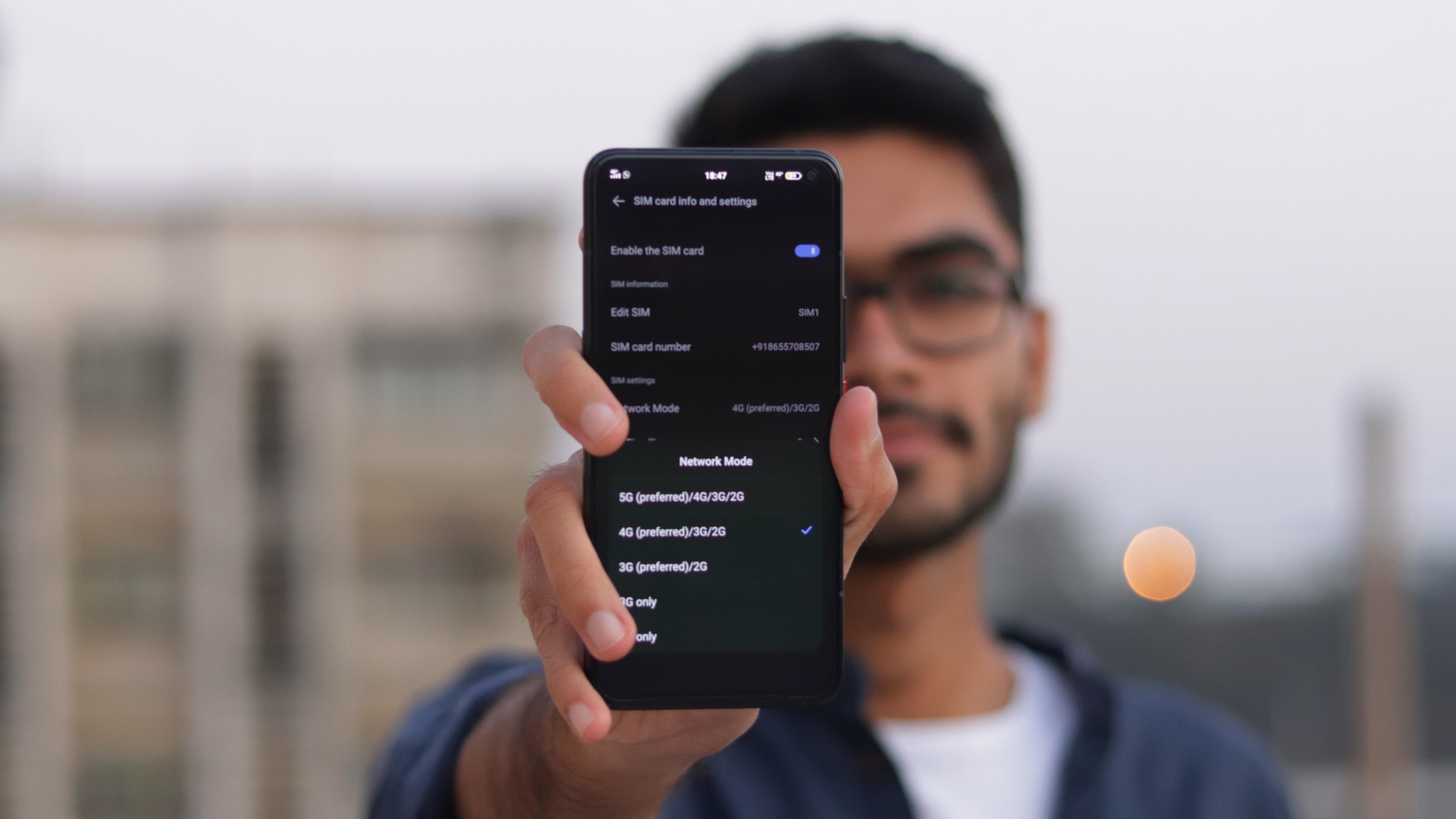
Realme rained upon iQoo’s parade and even set the benchmark for the next generation of Android flagships. But, once we started using it extensively, we struggled to find any specific weak links in the entire package, and are hopeful that updates will make it even better.
Performance, cameras, charging, and an enjoyable interface are all spot on. In a bubble, there’s absolutely nothing wrong with the iQoo 3 5G. However, when we factor in the competition, we have the Realme X50 Pro, which brings a more appealing design, faster charging, a more versatile array of cameras, and, most importantly, a 90Hz display. In comparison, the iQoo seems to be second in the race it hoped to inaugurate.
Current page: Camera, Battery and Charging, Verdict
Prev Page Specs, Performance, Gaming, SoftwareAakash is the engine that keeps TechRadar India running, using his experience and ideas to help consumers get to the right products via reviews, buying guides and explainers. Apart from phones, computers and cameras, he is obsessed with electric vehicles.

